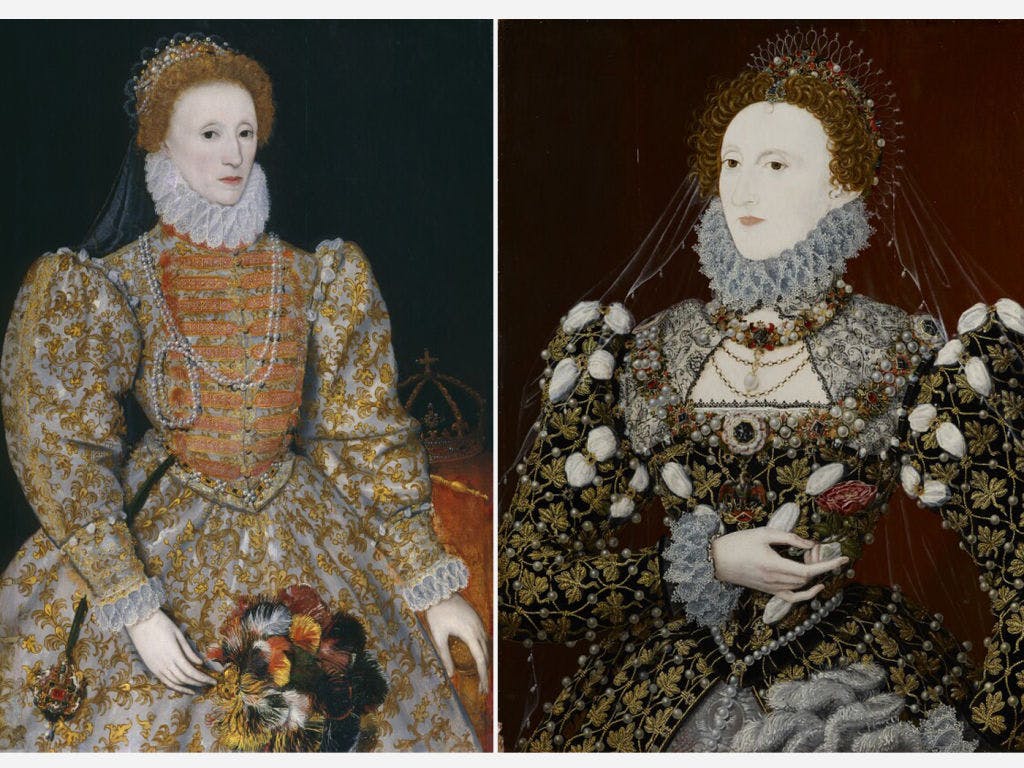
creating identity using nature symbolism
About this learning resource
Format: PDF
Portrait artists of the Tudor era used nature symbolism as a form of coded language between sitter and viewer to promote a specific public image.
This lesson pack examines the difference between public image and private identity. Students decode public image in Tudor-era portraits. They will then explore, through self-portraiture incorporating nature symbols, their personal sense of self and how that supports self esteem.
National Curriculum links
- Use drawing, painting and sculpture to share ideas and imagination
- Identify what we are good at, what we like and dislike
- Recognise the ways in which we are the same and different to others
Learning Objectives
- Understand what a portrait and a self-portrait are
- Understand how nature symbols have been used by Tudor artists to convey public and private messages about the sitters
- Explore identity and how this can be represented through artwork
Resource Information
Key Stage
- SEND
Subjects
- Art & Design
- History of Art
- PSHE
Topic
- Tudors
Type
- Lesson ideas
Palace
- Tower of London

Discover the life of John Blanke using historical sources as evidence.

Contains a visual story, document and Widgit symbol sheet.

